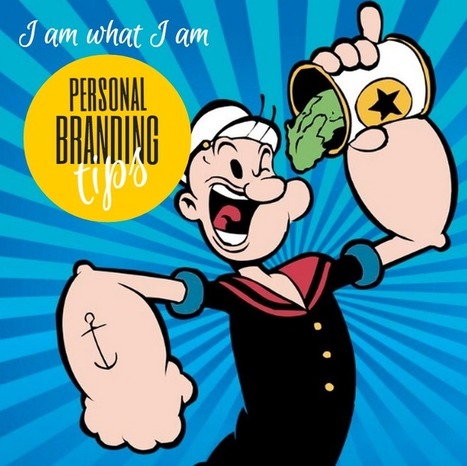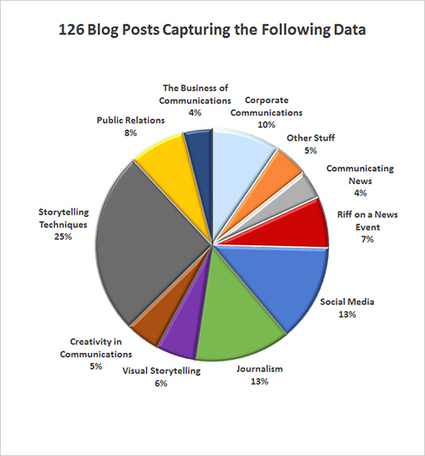Americans hold a more favorable opinion of CEOs who take public stances on controversial topics, according to “The Dawn of CEO Activism,” a study released by Weber Shandwick and KRC Research.
Weber Shandwick has identified CEO activism as a factor that can “drive and differentiate corporate reputation.” Leaders taking a stance on hot-button issues is powerful. However, “The Dawn of CEO Activism” advises caution, stating that CEOs should be careful in choosing topics they speak out on.
The research, which can be found here, extracted five key tenets of CEO activism, illustrating the pros and cons of vocal corporate leadership....



 Your new post is loading...
Your new post is loading...

















Interesting reputation management and leadership insight with marketing implications as well.